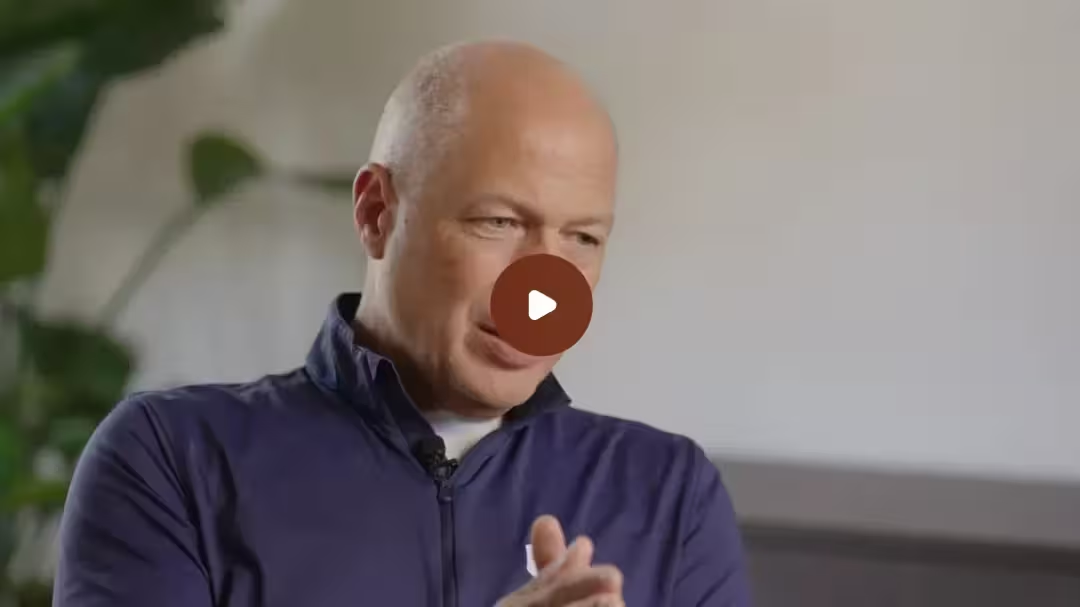Not all deals are created equal - while smaller transactions keep the wheels turning, it's the big deals that often make or break a company's fiscal year. These high-stakes deals can propel a business to new heights, driving significant revenue and opening doors to further opportunities. However, forecasting these major deals presents unique challenges that require a different approach. Understanding and planning for potential outcomes through scenario modelling is crucial for executive decision-making and strategic success.
The High Stakes of Big Deals
Big deals, whether they involve major contracts, large sales, or strategic partnerships, have a disproportionate impact on a company's bottom line. These deals can:
1. Significantly Boost Revenue: A single large deal can account for a substantial portion of annual revenue, making it a critical target for sales teams.
2. Enhance Market Position: Securing major deals can elevate a company's market presence, providing leverage against competitors.
3. Drive Strategic Growth: Big deals often come with long-term benefits, including ongoing revenue streams, increased brand recognition, and opportunities for expansion.
Given their importance, accurately forecasting the likelihood and impact of these deals is essential for business planning and strategy.
The challenge:
Unlike smaller, more predictable sales, big deals come with a higher degree of uncertainty. Several factors contribute to the difficulty in forecasting them:
- Complex Sales Cycles Big deals often involve longer and more complex sales cycles, with multiple stakeholders and decision points.
- Higher Risk Factors: The larger the deal, the greater the risks, including economic fluctuations, changing customer needs, and competitive pressures.
- Unpredictable Outcomes: The binary nature of big deals (won or lost) means that forecasting exact outcomes is inherently challenging.
Traditional forecasting methods, which may work well for smaller, more numerous deals, often fall short when applied to large, high-stakes transactions. This is where scenario modeling comes into play.
The Power of Scenario Modelling
Scenario modelling offers a powerful tool for understanding the potential outcomes of big deals. By creating multiple scenarios based on different variables and probabilities, businesses can gain deeper insights into possible futures and plan accordingly. Here's how scenario modelling helps:
Executive Control
Scenario modelling empowers executives with clear insights into which deals are critical. By visualizing different outcomes, leaders can identify key deals that will have the most significant impact on the business. This control over strategic information allows for more informed decision-making and better resource allocation.
Strategic Conversations
Instead of focusing on vague pipeline numbers, scenario modelling shifts the conversation to actionable discussions. Executives can ask important questions like, "Who has networks at those companies?" and "How can we ensure those two deals close?" This focus on strategy over sales volume fosters a more proactive approach to securing big deals.
Clarity Over Numbers
While exact numbers may remain elusive, scenario modelling provides a structured approach to understanding the impact of key deals. By examining various scenarios, businesses can better anticipate potential outcomes and prepare for different possibilities. This clarity helps leaders navigate uncertainty and maintain strategic control over their operations.
Planning for Success
To effectively leverage scenario modelling, businesses should:
1. Identify Key Deals: Focus on the largest and most impactful deals in the pipeline.
2. Assess Probabilities: Evaluate the likelihood of different outcomes for each deal, considering factors such as market conditions and customer relationships.
3. Create Scenarios: Develop multiple scenarios based on these probabilities, toggling between "won" and "lost" outcomes.
4. Analyze Impact: Examine the financial and strategic impact of each scenario, identifying the most likely and most critical outcomes.
5. Prepare Strategies: Develop strategies and action plans for each key scenario, ensuring the business is ready to capitalize on opportunities or mitigate risks.
Conclusion
Big deals are the lifeblood of many businesses, driving revenue and growth in ways smaller transactions cannot. While forecasting these deals is inherently challenging, scenario modeling provides a valuable framework for understanding and planning for potential outcomes. By empowering executives with control, fostering strategic conversations, and offering clarity over numbers, scenario modeling enables businesses to navigate the complexities of big deals and position themselves for success.
At Kluster, we specialize in helping businesses harness the power of scenario modeling. To make this even easier, we've built a template designed to help you model success effectively. Our advanced deal forecasting solution gives you the tools you need to understand the impact of your biggest deals and plan strategically. Empower your leadership team with actionable insights and take control of your company's future.
Download the template here:



.svg)
.svg)
.svg)
.svg)










